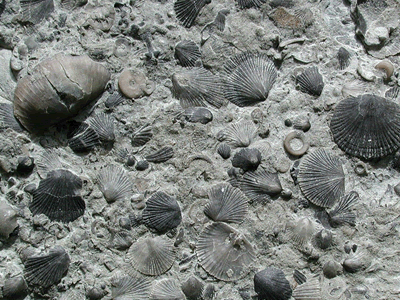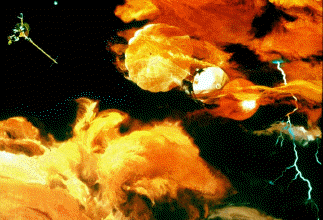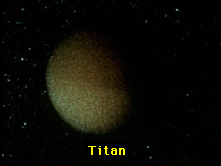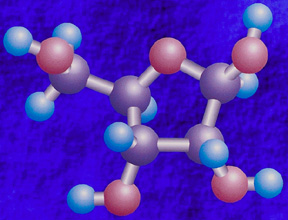This delicate feather star is resting on a piece of coral.
Click on image for full size
Windows Original, adapted from Corel Photography
Echinoderms
The most widely known echinoderm is the sea star, or starfish. But the echinoderm phylum also includes sea urchins, sea lilies and brittle stars. The echinoderms are very well known, but most people actually don't know what category to put them in!
The Crinoidea class contains sea lilies and feather stars. These delicate creatures are very beautiful, with several arms stretching out from the center. Echinoderms don't have a head, instead they appear to be groups of legs tied together at the middle!
Sea stars are widely known due to their famous shape. It is a common belief that they all have five legs, but that is actually not the case. The Eleven-armed Sea Star has, you guessed it, eleven legs. Regardless, sea stars can be spotted on rocks, sand, mud or reefs. They come in a variety of colors, and sizes.
Sea stars have some very weird characteristics. First of all, they invert their stomachs to feed on molluscs and other invertebrates. Secondly, they can grow back any legs they may lose!
You might also be interested in:

Diversity among the ancestors of such marine creatures as clams, sand dollars and lobsters showed only a modest rise beginning 144 million years ago with no clear trend afterwards, according to an international
...more
Jupiter's atmospheric environment is one of strong gravity, high pressure, strong winds, from 225 miles per hour to 1000 miles per hour, and cold temperatures of -270 degrees to +32 degrees (freezing temperature).
...more
In July, 1996, it was announced that Dr. David McKay, along with a team of scientists at Johnson Space Center (a division of NASA), had discovered possible fossils of bacteria in an ancient rock from Mars.
...more
Saturn's atmospheric environment is one of strong gravity, high pressure, strong winds, from 225 miles per hour to 1000 miles per hour, and cold temperatures of -270 degrees to +80 degrees. With winds
...more
Titan's atmosphere is a lot like the Earth's, except that it is very cold, from -330 degrees to -290 degrees! Like the Earth, there is a lot of Nitrogen and other complex molecules. There also may be an
...more
Autotrophs are organisms that produce organic compounds from an inorganic source of carbon (carbon dioxide) given a source of energy. If the source of energy is the reactions of inorganic chemical compounds,
...more
In the warm primordial ocean, aggregates of amino acids, proteins, and other hydrocarbons coalesced into a form called *coacervates*. Organic polymers such as amino acids will spontaneously form coacervates
...more















